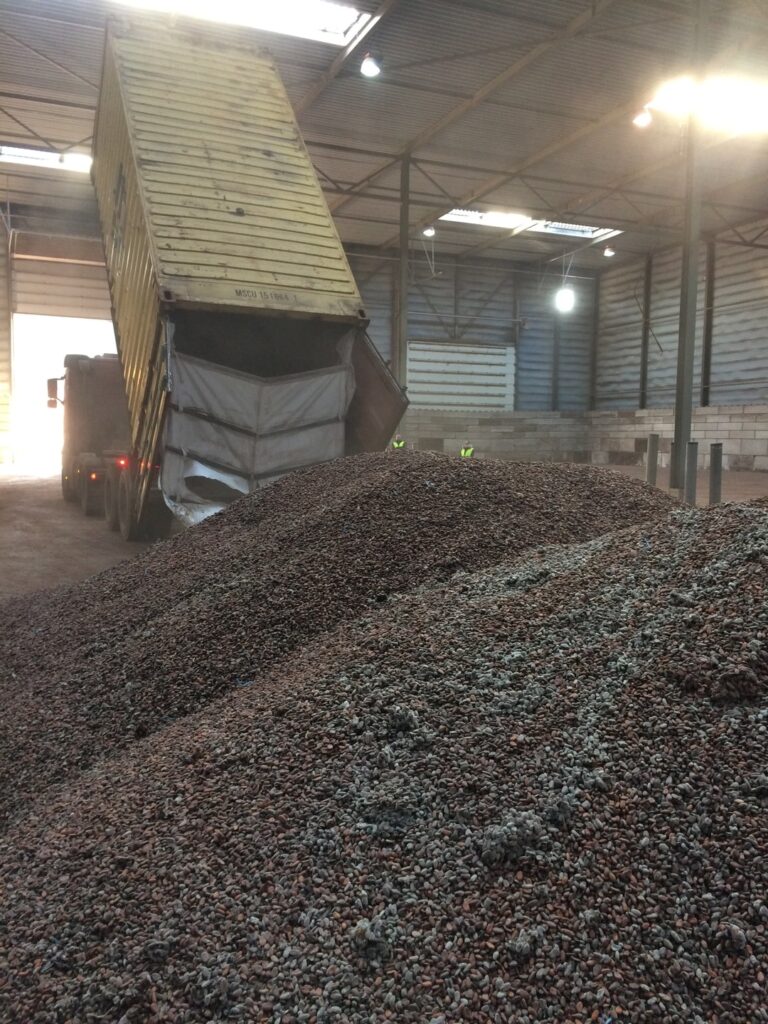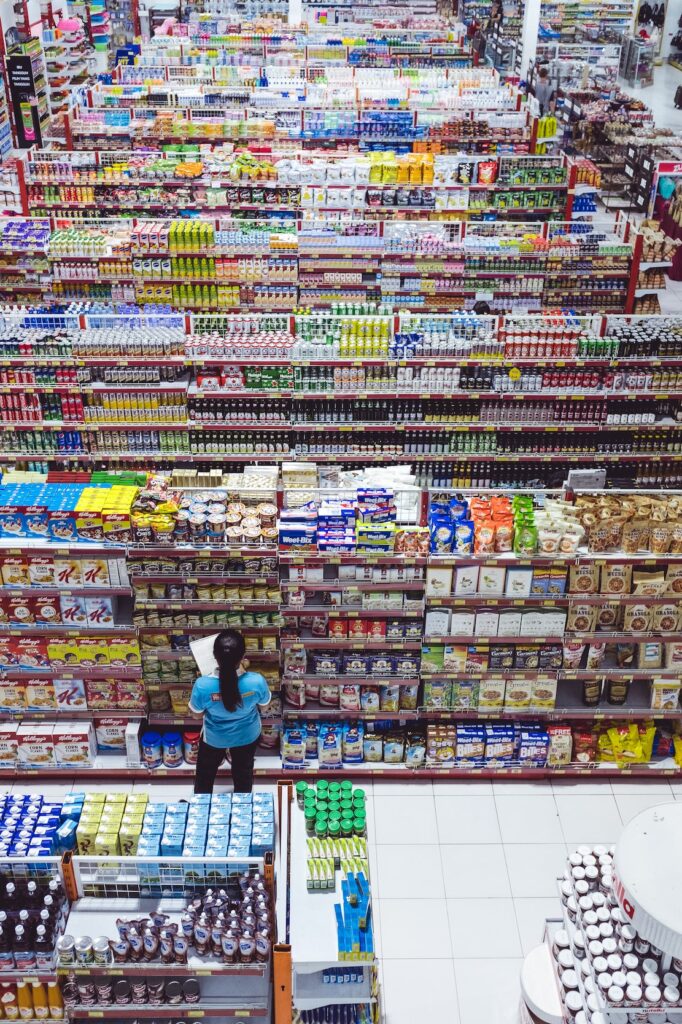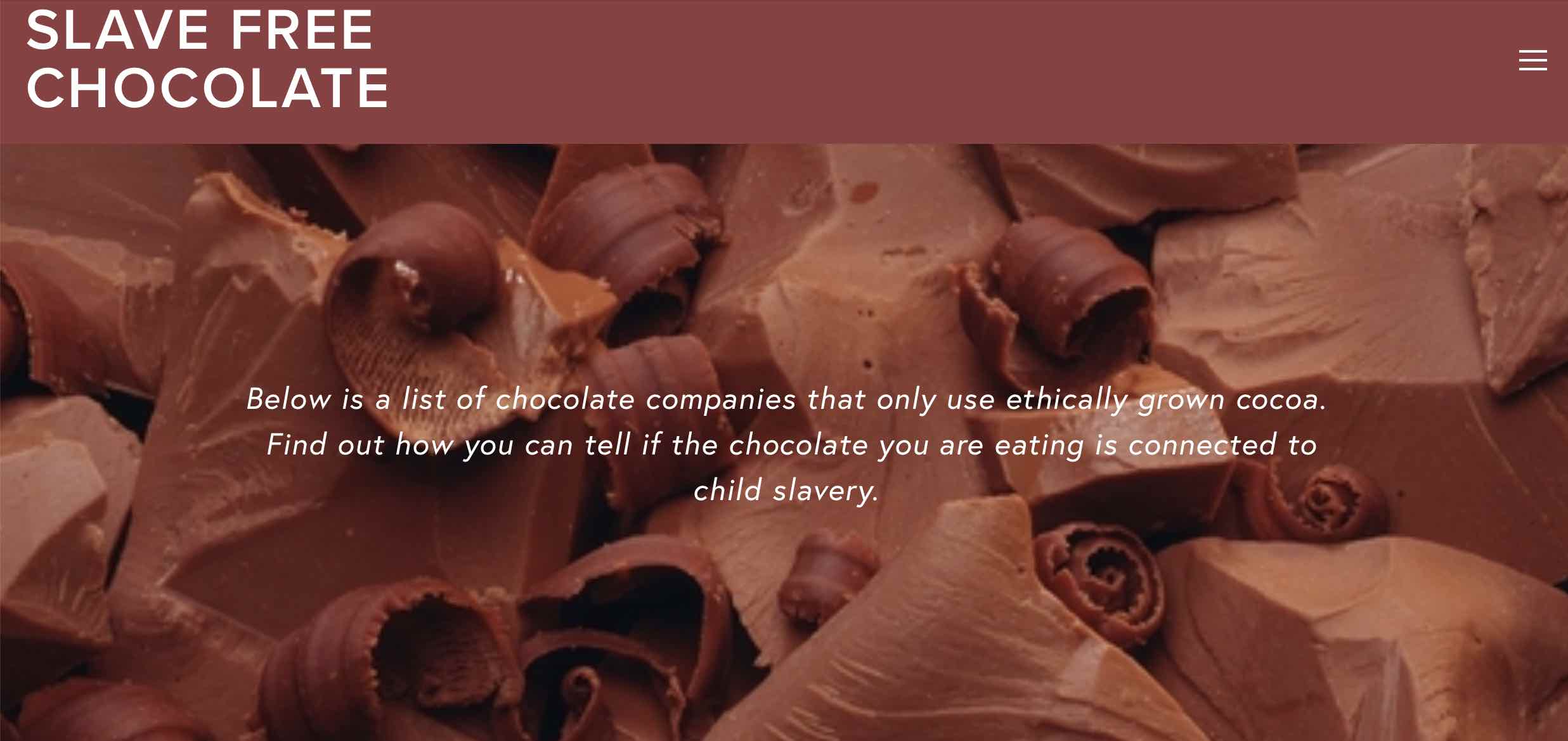In my previous post on forgotten labor, I shared evidence that, regardless of premiums, the work of moving cocoa across Ghana is physically grueling.
But demonstrating that tough labor moves even high-priced cocoa doesn’t address how we got to that labor situation in the first place.
For that, I think we can “blame” the mass-market.
If specialty cocoa buyers had set up their supply chains from scratch, they might have been different. I can think of a few contemporary artisans who envisioned radical supply chain disruptions.
The dear and departed Mott Green, co-founder of Grenada Chocolate Company, imagined zero-carbon-footprint transport. He sent bars from the Caribbean to the UK and Holland, on an engine-less square-rigged sailboat.
In her recent interview with Seth Godin, Gillian Goddard of Sun Eater Organics also mentioned sailing chocolate bars from Trinidad.
(There are surely others. If your company has an ingenious cocoa supply chain, please share your story with me.)
However — once mass-market supply chains were in place, they were far and away the easiest way to move cocoa. That’s why most everyone, artisan or otherwise, relies upon them today.
A chocolate mass-market
Once upon a time, the cocoa supply chain was entirely within Mesoamerica. It was neither hyper-local nor free from exploitation. But it wasn’t a mass-market as we know for chocolate today.
As chocolate became fully industrialized, around the turn of the twentieth century in Europe and North America, and everyday people had more disposable income to buy it, a true mass-market was born.
By then, West Africa was the predominant cocoa-growing region, with Ghana in the lead from 1911.
The cocoa supply chain I wrote about in my previous post was set up around that time. While motor vehicles and the container revolution increased its efficiency, certain aspects — like the way cocoa is loaded — haven’t changed much.
The system doesn’t give way easily to change. Why should it? It works well for the goal of moving cocoa.

Not a broken system
Over the years, I have often heard or read that the cocoa system, especially in West Africa, is “broken.”
What I think people mean by this is that the system is unfair or inequitable. I agree with that. But the system is definitely not broken.
Each year, in Ghana and Ivory Coast combined, over two million metric tons of cocoa move from rural areas to the ports.
That is a remarkable ongoing achievement.
But setting it up took an extractive mindset, supported by the abhorrent exploitative practices of colonialism.
The fact is that moving so much cocoa around the world relies upon a great deal of inexpensive labor. That’s what it takes to achieve the processed food abundance we see in “developed” countries today.
Bananas, avocados, petroleum, tilapia, cocoa. If there is a mass-market for a product, its supply chain almost certainly exploits many people, and their environment.
Next time you are in a grocery store, I encourage you to pause and look around. Notice the shelves, engorged with boxed and plastic-wrapped products. A grotesque abundance of too-cheap goods, heedless of season or place.
Only far-ranging, efficient (economically, anyway), and exploitative supply chains can achieve that abundance.

Artisan chocolate benefits from that system. This is because transporting “artisan volumes” of cocoa — a few bags or even a few dozen tons — is not usually realistic.
The smaller the volume, the more expensive and time-consuming the trade logistics.
I say this from experience marketing African cocoa to specialty buyers, and organizing for a single container to move from West Africa to Europe. We only achieved it by relying on trade logistics set up to serve mass-markets.
Back to why I buy any chocolate
Artisan (and certified) chocolate marketing often paints a picture of an intimate supply chain. It suggests a direct path from farm to factory to shopper.
While this isn’t true, the idea nevertheless adds value to the chocolate. People may be happy to pay more when they believe the cocoa has somehow leapt straight from the farm to their mouths, bypassing everyone and everywhere in between.
When I buy artisan or certified chocolate, it’s because I enjoy a particular bar.
I am happy to pay more than I would for a mass-market bar. But I’m realistic about the impact of my few extra pennies or even dollars on everyone who played a role in getting that chocolate to me.
I also don’t rush to advocate for a “first world” intervention to “save” all the people getting exploited.
Any “solution” a socioeconomically privileged person imagines from outside the cocoa supply chain is probably going to be unrealistic.
We should not, for example, mechanize away the job of cocoa loaders. The work is difficult, but it’s also reliable wage labor, which is scarce in Ghana.
I do strongly believe that cocoa loaders’ work should be subject to much stricter labor laws, such as we might see in Europe or North America.
But I don’t want machines to come in and make those men redundant. Nor do the loaders. (thecocoafarmer @BlakSolomon foreshadowed this point in a reply to a Tweet on my previous post.)
So yes, the mass-market is to “blame” for the exploitative system of moving cocoa. But let’s acknowledge the fact that pretty much everyone, no matter what chocolate they buy, has somehow benefited from this.
Let’s keep that difficult truth in front of us, and not wish it away.
Above all, let’s accept that any “solution” to exploitative supply chains must involve those most immediately impacted by them.




